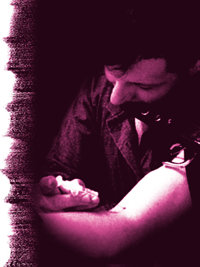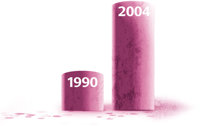Read: Poor Man’s Cocaine
POOR MAN’S COCAINE
Photo credit: itar-Tass
Ritalin is easy to get, and cheap. Taken from someone’s prescription, stolen from a sibling or obtained by a fraudulent prescription, these tablets are then broadly sold. The price runs from a dollar or two in school to $20 per pill on the black market.
The comparison of Ritalin to cocaine is not just a slogan. Ritalin is chemically similar to cocaine. When injected as a liquid, it sends that “jolt” that addicts crave so much.
In 2000, the Drug Enforcement Administration (DEA) revealed the results of studies on both animals and humans who were given cocaine and Ritalin. The test subjects could not tell the difference. The DEA concluded that, “They produce effects that are nearly identical.”
Scope of Ritalin abuse
Abuse of prescription drugs such as Ritalin is increasing.
By 2006, nearly 7 million Americans abused prescription drugs, including Ritalin—more than the number who abused cocaine, heroin, hallucinogens, Ecstasy and inhalants combined. That 7 million was just 3.8 million in 2000—an 80% increase in only six years.
In 2007, 3.8% of twelfth graders reported having used Ritalin without a prescription at least once in the past year.
A major factor contributing to the abuse is the huge increase in the number of prescriptions written for Ritalin and other stimulants.
In the US, the number of stimulant prescriptions soared from around 5 million in 1991 to nearly 35 million in 2007.
In 2004, methylphenidate (Ritalin) was involved in an estimated 3,601 hospital emergency department visits, compared to 271 in 1990.
From 1990 to 2000, 186 deaths in the US were linked to Ritalin. The risk is highest for those who snort large amounts of the drug.
Since 1995, it has ranked on the Drug Enforcement Administration’s list of “most-stolen” medications.




